Arran brown (Erebia ligea)
The Arran Brown (Erebia ligea) is a striking butterfly species belonging to the family Nymphalidae, subfamily Satyrinae. It is a northern and montane butterfly, favoring cool climates and thriving in forested regions. Its understated beauty and preference for specific habitats make it a fascinating species to observe.
Physical Description
- Wingspan:
- 40–50 mm (1.6–2.0 inches).
- Coloration:
- Upper Side: Dark brown with bright orange bands on both forewings and hindwings.
- Forewings have 2–3 prominent black eyespots, each with white centers.
- Hindwings may have smaller eyespots or none at all.
- Under Side:
- Forewings resemble the upper side but are slightly duller.
- Hindwings are marbled gray and brown, aiding in camouflage.
- Upper Side: Dark brown with bright orange bands on both forewings and hindwings.
- Body:
- Robust and covered in fine hairs, with clubbed antennae typical of butterflies.
Behavior
- Flight Period:
- Active primarily in June to August, depending on altitude and latitude.
- Feeding:
- Adults feed on nectar from flowers such as thistles, knapweeds, and dandelions.
- Activity:
- Generally active during warm, sunny days but may also be seen basking in shaded spots or on tree trunks.
Habitat
- Found in cool, forested habitats, particularly in:
- Coniferous and mixed woodlands.
- Forest edges and clearings.
- Alpine meadows near tree lines.
- Prefers areas with grasses and sedges, which serve as larval host plants.
Life Cycle
- Eggs:
- Laid individually on or near host plants, primarily grasses such as Carex and Festuca species.
- Caterpillars:
- Greenish or brown with subtle striping, camouflaging well among grasses.
- Feed nocturnally on grasses and overwinter in the larval stage.
- Pupae:
- Form a brown chrysalis, usually attached low to vegetation or hidden in leaf litter.
- Adults:
- Emerge in summer, with a single generation per year.
Distribution
- Found across northern and central Europe and parts of Asia, including:
- Scandinavia, the Alps, and the Carpathians.
- Boreal and montane regions in Siberia and northern Asia.
Conservation Status
- Classified as Least Concern, though some local populations are affected by:
- Habitat loss due to deforestation or agricultural expansion.
- Climate change impacting suitable cool habitats.
- Conservation efforts emphasize preserving forest edges, clearings, and alpine meadows.
Ecological Role
- Pollination:
- Adults contribute to pollination by feeding on flower nectar.
- Prey Species:
- Serve as an important food source for birds and predatory insects during their larval and adult stages.
Interesting Facts
- Name Origin:
- The name “Arran Brown” originates from its presence on the Isle of Arran, though its range extends far beyond.
- Camouflage:
- The marbled underside of the hindwings provides excellent camouflage, helping it blend with bark and leaf litter.
- Cold Adaptation:
- Well-adapted to cool climates, it thrives in northern and montane regions that are too harsh for many other butterflies.
Summary
The Arran Brown (Erebia ligea) is a fascinating species that epitomizes the beauty of northern and montane ecosystems. Its vibrant orange markings and ability to adapt to cool, forested habitats highlight its ecological importance. Protecting its natural environments ensures the survival of this remarkable butterfly in an ever-changing world.
Visited 2 times, 2 visit(s) today
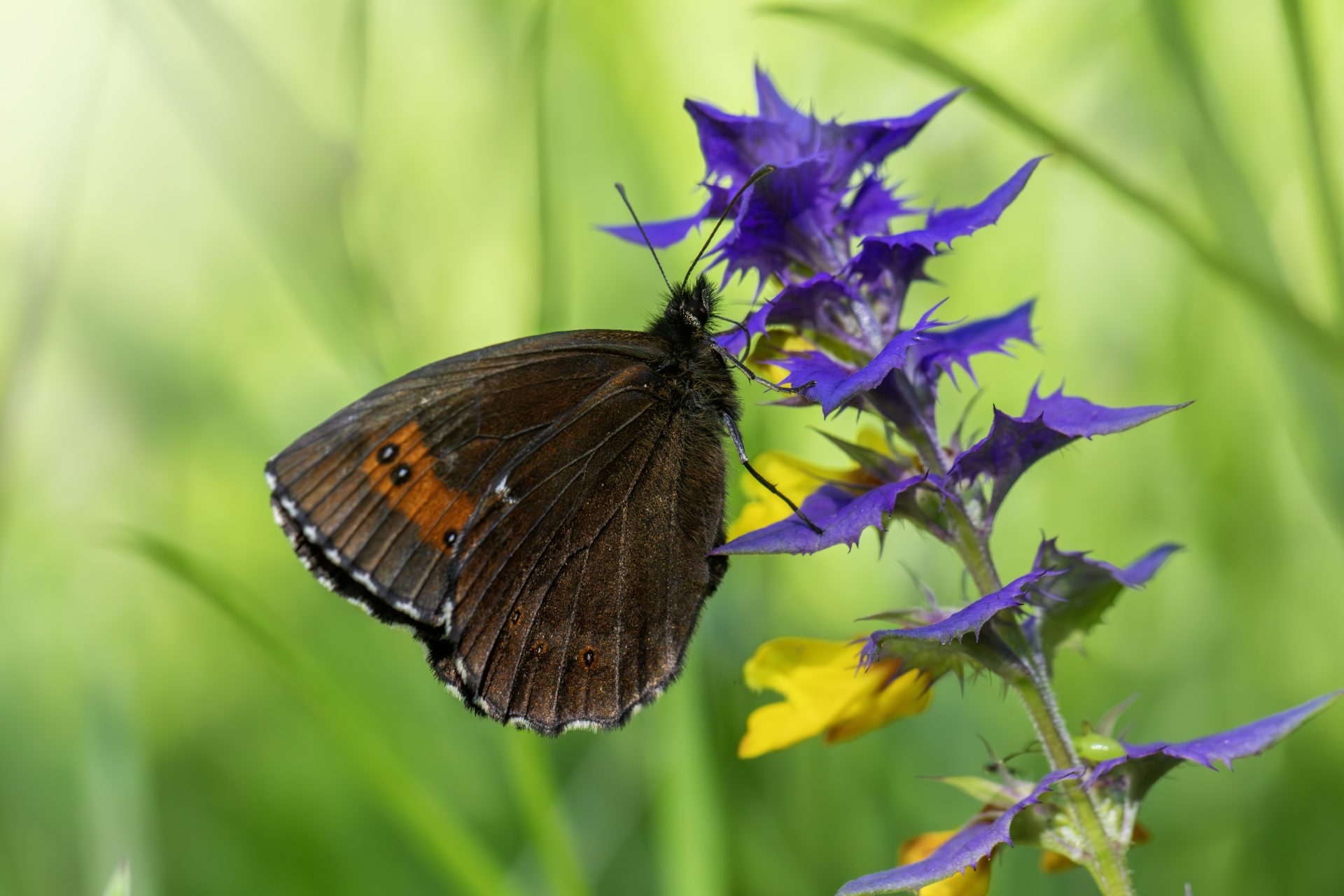
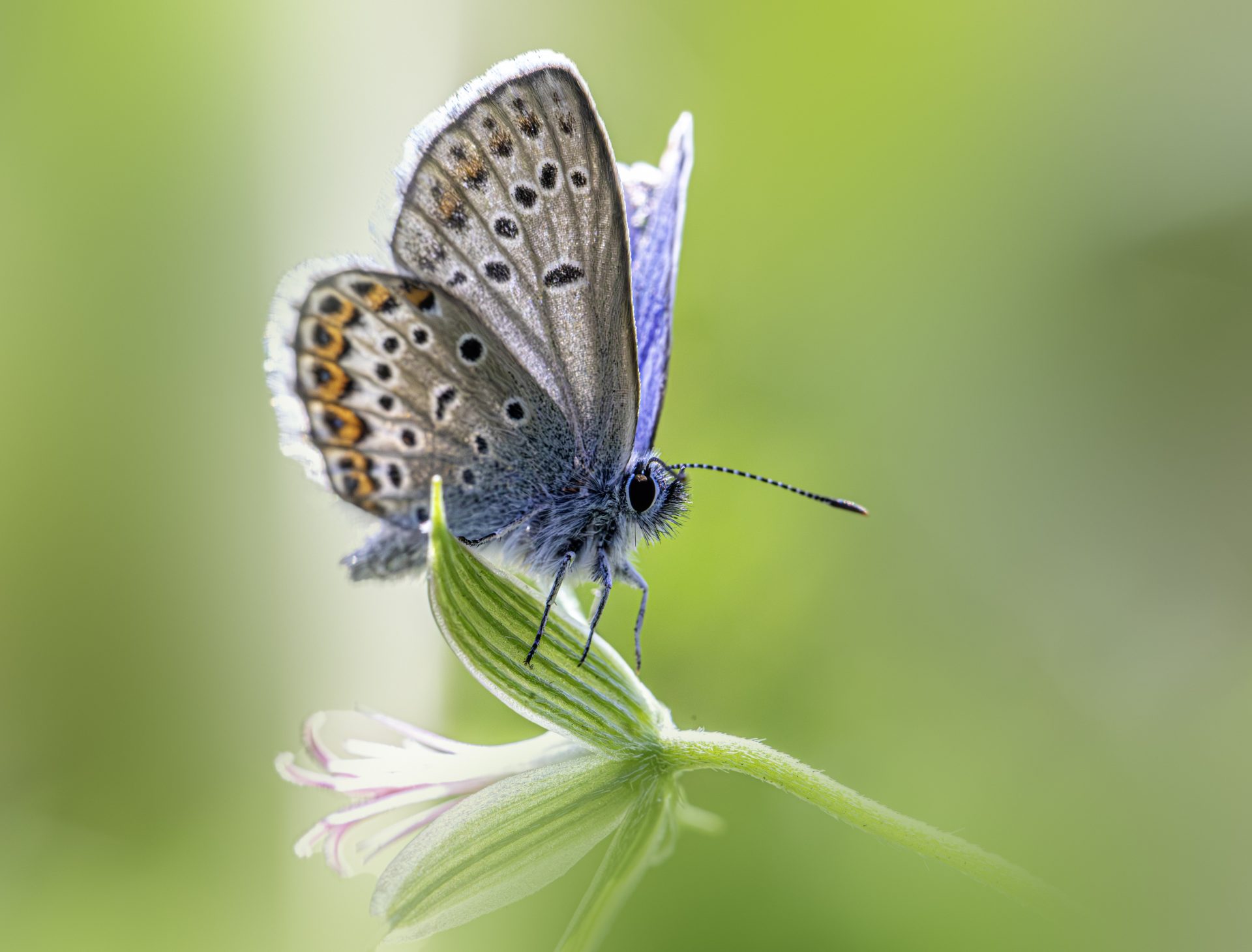
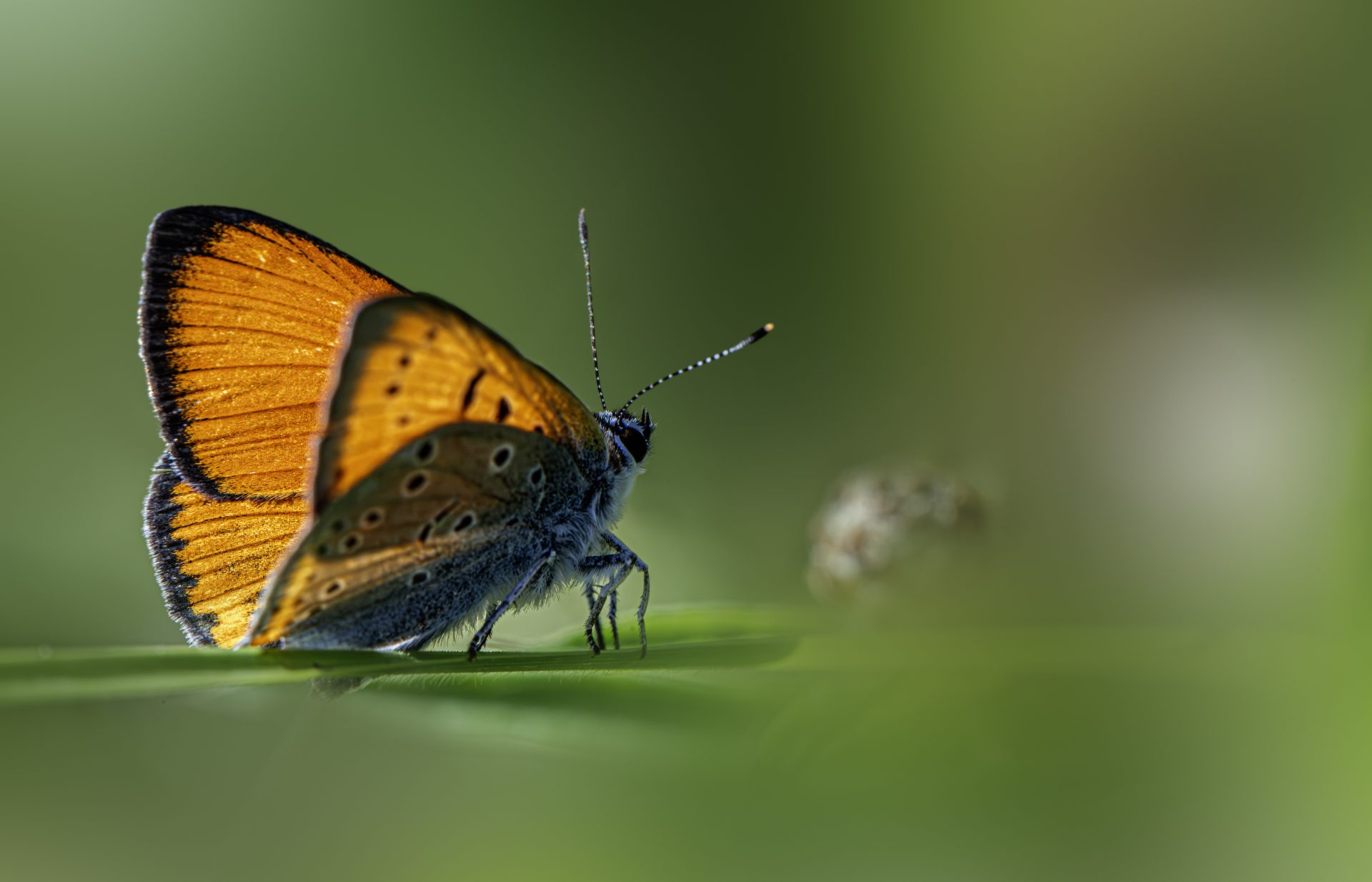
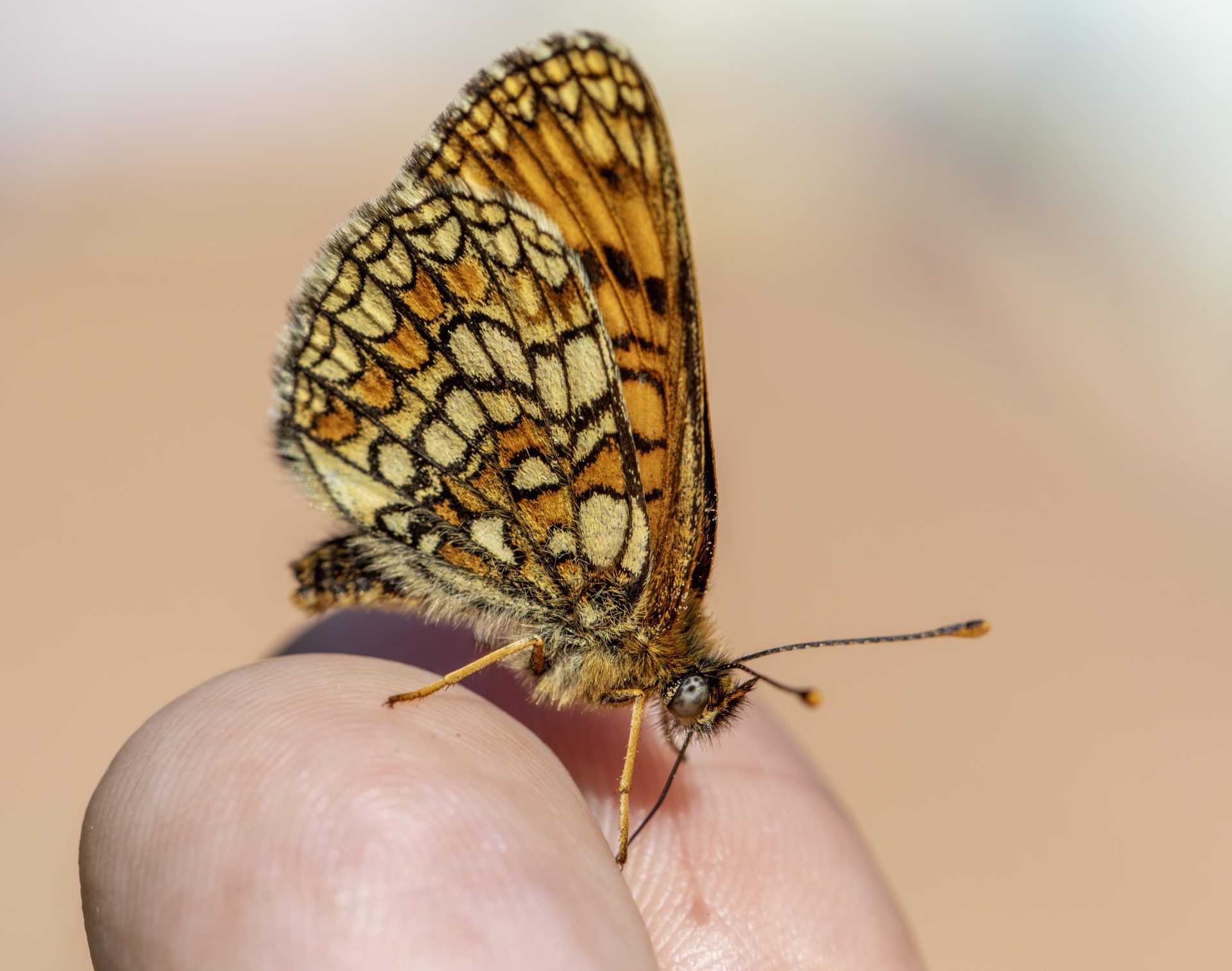
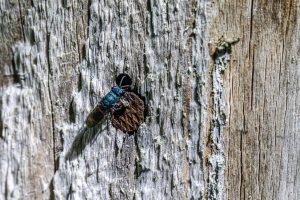
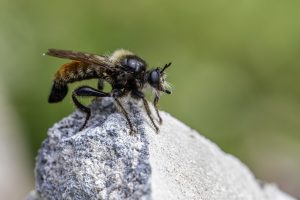
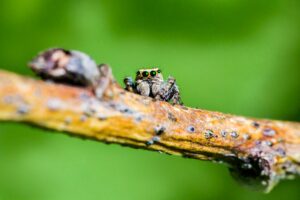
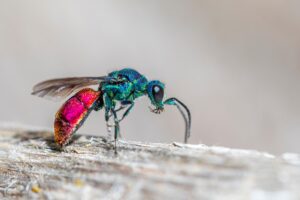
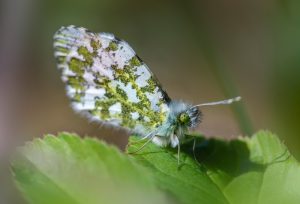
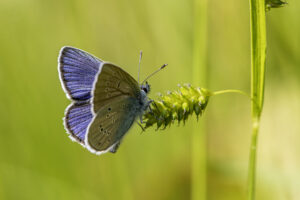
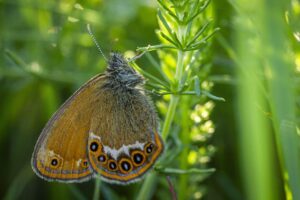

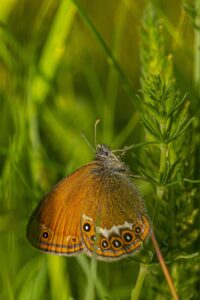
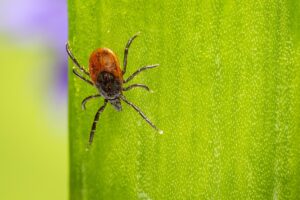
Post Comment